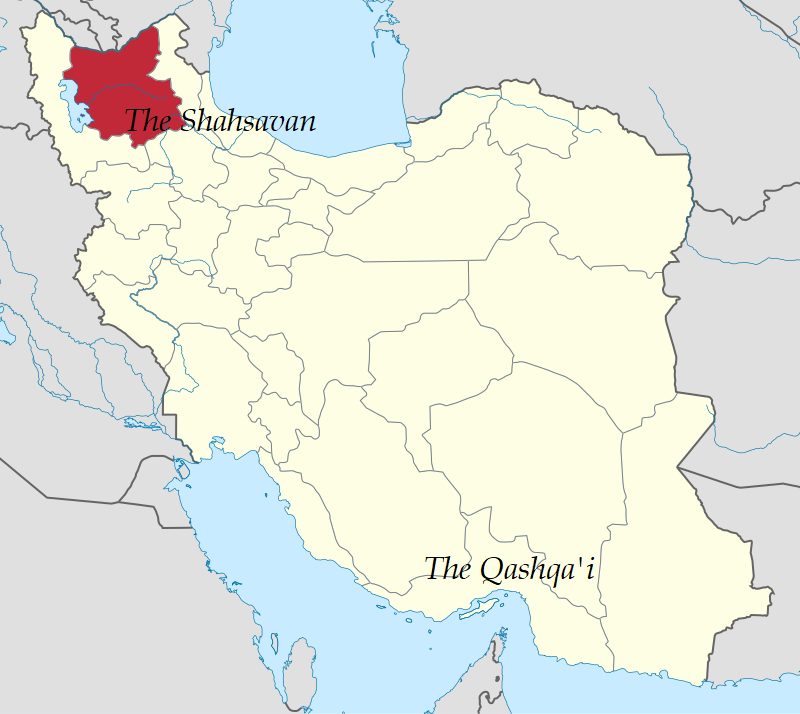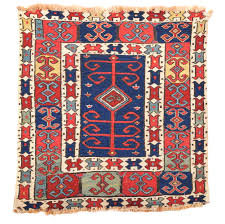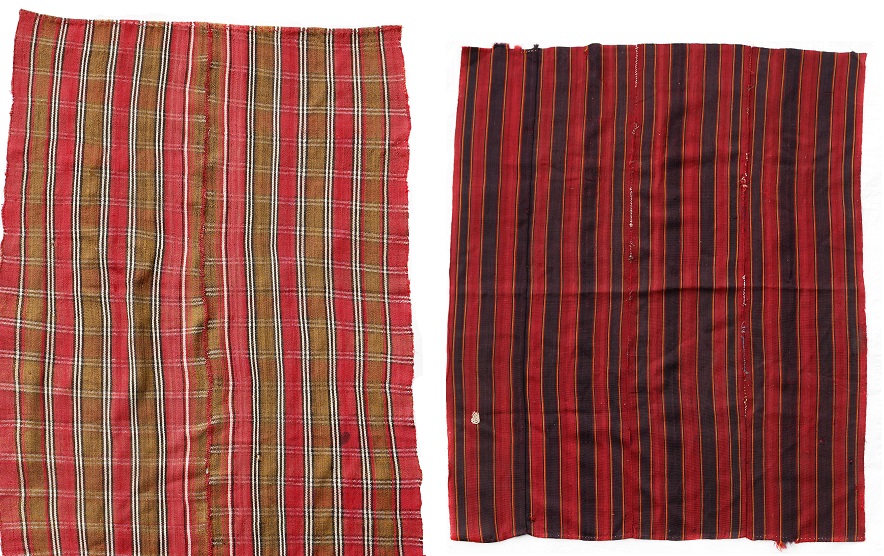
If the origins of most nomadic tribes in Iran are obscure, the Shahsavan’s are outright confusing.
It is said that centuries ago, just like the Qashqai, they migrated to Iran from Anatolia (present day Turkey); the Shahsavan are in fact Turkic peoples.
However, unlike the Qashqai, who settled in the highlands of the south west (the Zagros), the Shahsavan chose the fertile steppes of the Mogan and Ardabil districts of eastern Azerbaijan.

There many other theories, some documented, suggesting their central Asian, or Caucasian origins. It is also believed they might be historically Kurdish.
The Shahsavan are nomads, but in contrasts to other nomadic groups of the region, their life-style is almost sedentary; they are spared the long and
arduous seasonal migrations.
Their occupations are similar to those of other tribes; they trade in livestock, but, in the Western world, they are famous for their stunning rugs and flat-woven soumaks[1].

Their works in many styles and intricate designs show the most remarkable skills and seemingly unlimited imagination.

The works of the Shahsavan weavers are perhaps the most coveted collectibles.
A.G

[1] a rug distinguished by a flat, pileless surface and loose threads at the back.

